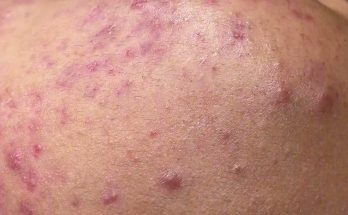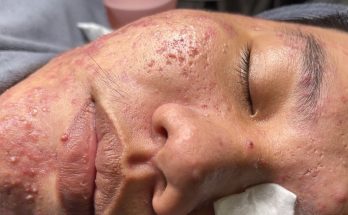Cracked Heels
Jump to section
What are Cracked Heels?
A cracked heel is a common foot problem. It occurs when dry, thick skin on the bottom of your heels cracks and splits.
In most cases, if the cracks are minor, it’s merely a nuisance and may be unattractive to look at, but if left untreated and the heel fissures become deeper, it can be painful to walk and may become infected.
Causes & Risk Factors
There are several stages of developing a cracked heel. The first sign is the formation of dry, hard skin around the heel — these are called calluses. As you walk and put more pressure on the area, the fat pads under your heels expand, causing these calluses to start to develop small cracks.
Other factors that can cause cracked heels include:
- Being on your feet for long periods of time, especially on hard floors
- Hard and unsupportive footwear, like open-back sandals, shoes and thongs
- Walking around barefoot as this provides no support for your feet
- Obesity
- Taking long, hot showers
- Chronic conditions such as diabetes
Over time, the cracks will become deeper and they may begin to bleed. In severe cases, the cracks can lead to infection and if you are a diabetic, cracked heels can lead to diabetic foot ulcerations.
Symptoms
As well as the physical appearance of dry and cracked skin on your heels, you may also experience the following symptoms:
- Pain and discomfort, especially while standing
- Itchiness in the area
- Bleeding from the cracks
- Flaky skin
- Warmth, redness & swelling may be present if there is an infection
Treatment
How do you usually treat dry skin? You moisturise!
If your condition is minor, start by moisturising your heels 2-3 times per day to help relieve your symptoms. You can use a pumice stone prior to moisturising, to remove any hard, dead skin that may prevent the moisturiser from sinking in effectively.
After a week of general foot care, if your symptoms persist, it may be time to consult one of our podiatrists. Our podiatrists in Brisbane may recommend or administer a combination of the following treatments:
- Mechanical debridement of the thick calluses/fissures using a scalpel blade to reduce the amount of skin build up.
- Dermal foot balm for skin nourishment and moisture. This is similar to a moisturiser, but uses urea, an extra ingredient that substantially increases effectiveness.
- Appropriate footwear that cushions the heel pads
- Foot and ankle strapping to place bandages/dressings around the heel to reduce skin movement
We can also perform pressure assessments and utilise such technology to determine the amount of pressure your heel is experiencing when you walk. We can then reduce the pressure to avoid callus build up.
What can happen if I ignore cracked heels?
- Prolonged pain and discomfort, resulting in more regular debridement treatments
- The cracks could deepen resulting in pain and bleeding
- You could develop an infection because the deep cracks have become an open wound — this is called cellulitis
- If you are a diabetic, the deep cracks can lead to diabetic foot ulcers.
Prevention
There are a number of approaches you can take to prevent yourself from getting cracked heels.
- Use a thick moisturiser, such as a high urea-based moisturiser, to moisturise your heels and feet (not between the toes) daily to keep the skin hydrated and smooth.
- Inspect your feet daily to look out for any early signs that cracks could be developing.
- Wear appropriate and supportive footwear when possible, that doesn’t encourage dry skin to develop — avoid thongs, bare feet or open-back sandals.
- Wear stockings and good quality socks when possible.
- Avoid standing for long periods of time.
- Drink plenty of water to stay hydrated.


